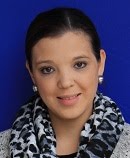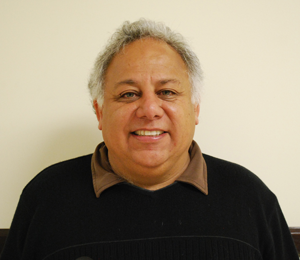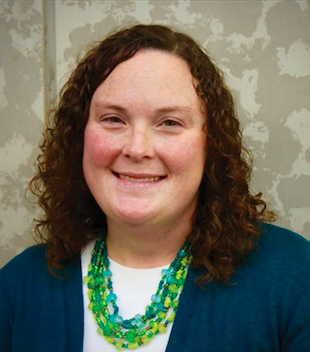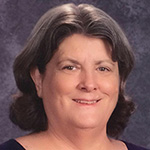“Teaching is not a lost art, but the regard for it is a lost tradition.” – Jacques Barzun
This past Tuesday, the daily rituals my home had fallen into over the previous two or so months were interrupted. My wife’s alarm, sounding thirty minutes earlier than usual, was the marker that for the next ten months our lives would be changing into a different, but exciting routine. It was “back to school day” for Michele, a teacher and my wife, William, a 10th grader and our eldest, and Harper, a newly christened middle schooler and our youngest. Every day most of my deliberations and actions are for and with them. Maintaining their well-being always in mind, helps keep me grounded on those individuals that should be most important in my and other educational leaders’ work, students and teachers across our communities, states, nation, and globe. I once had a supervisor who would often say, “teaching is not a fallback position, it is first choice profession;” she was, and is still to this day, 100% correct. I wanted to use my blog posting this time to remind all of our wonderful teachers that they are in a profession that deserves high-regards, support, more often than not, increased compensation, and a regular “pat on the back.”
During a training that I participated in recently, part of the introduction/icebreaker activity included each of us drawing a card with a question that we were supposed to individually meditate on and then answer out loud for the group. The question I received was, “who was the best supervisor, professor, or teacher you ever had?” After thinking about it for a while, and remembering so many people who have been extremely influential during my life, my mind drifted back and focused on 10th grade and Mr. Jack Knight. Mr. Knight was my social studies teacher, but he was so much more. He was a great teacher, a true professional educator. As I consider his class now, from an educational leader perspective, I can confidently say he was a master of maintaining classroom discipline while engaging his students in their learning. However, beyond that, Mr. Knight, who had a family of his own, also took the time to get to know and appropriately befriend and mentor a young man who greatly needed it during that time of his life; if you need a hint, that young man was me. I will not go into my personal life, but just know that his extra time, deep caring, and daily demonstration of what being a good teacher and mentor should be, has had a profound effect on me to this day and probably been more influential in my life than he will ever realize.
As teachers, you all have an immense responsibility within your position of power. You have the responsibility to teach, but more importantly you have the opportunity to make a positive difference in the life of a child which will follow them into adulthood. I hope you will never forget these facts, and it is my desire that some who are not in the classroom will soon be reminded of it.
Tuesday morning as wife and boys left our driveway to embark on this year’s adventure, I said a short prayer. That prayer, which was for safety, a “good day,” meeting new friends, and connecting with a person who really needs it, was not only for the members of my family. It was for all students and teachers; it was for you! As you progress through these first few weeks of this new year, take heart in the words of Galatians 6:9.
Go make that positive difference that I know each of you can; I wish each and every one of you a phenomenal school year!

State Department of Education Representative










